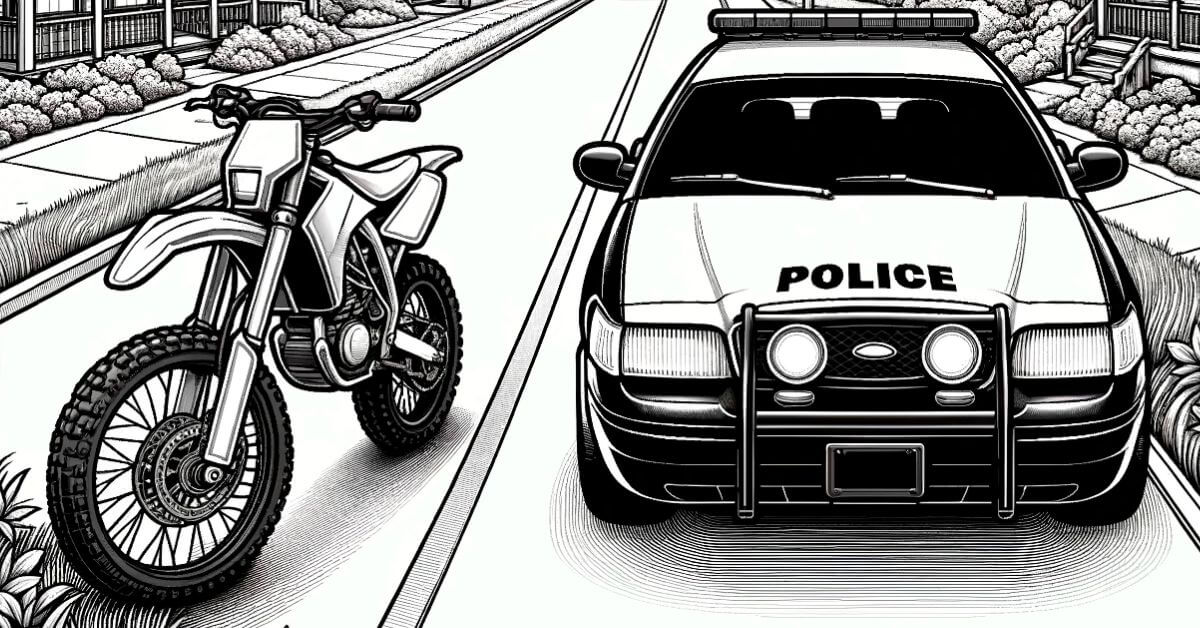Checklist For A Comprehensive Infectious Disease Response Plan
Prepared by Chief Michael Whalen (Ret.)
In the last several months we have seen a variety of “Ebola” events – each one with its own set of circumstances and a variety of responses. We have watched as response protocols have been published, later amended, and then changed again. The recent “win” by Nurse Kaci Hickox in a Maine court will most certainly raise a constitutional red flag for public safety officials attempting to enforce any type of quarantine order.
Appropriate response protocols are still in a state of change and our purpose here today is not to give you a definitive protocol to follow. Certainly, specific details for your response plan will be based on your local and state laws and advice you receive from local counsel. We are, however, asking our departments to take the time to develop an Infectious Disease Response Plan for their respective jurisdictions. As you develop your plan it is important that you involve your public services colleagues in this endeavor. Involve your Fire, EMS, Public Health, and Hospital personnel in plan development and have the final plan reviewed by counsel. Failure to do so will result in a fractured response, inefficient use of public resources, exposure of your personnel, and possible legal claims.
Long before Ebola Virus Disease (EVD) made its way to our shores, police agencies should have issued a general “Infectious Disease Response” policy and procedure to address those exposures our personnel face on a daily basis. Clearly, exposure to Hepatitis, TB or AIDS are risks that our employees are more likely to face than EVD. An agencies “Infectious Disease Response” document should identify a Designated Infection Control Officer (DICO) within the department to coordinate suspected exposures and provide a communications conduit to health care agencies. It makes sense to involve the DICO in your Ebola response planning as you move forward. No matter the type of infectious disease, response planning is a necessary action- don’t wait until it’s too late.
So what areas should be included in an Ebola Response Protocol? Most importantly, the protocol should follow the guidelines published by the experts. These guidelines can be found at the Center for Disease Control (CDC), your state Emergency Management Agency, and your state Department of Public Health. By including your partner agencies (Health, Fire, and EMS) in the planning, you will assure the safety of your personnel and the most efficient use of public safety resources. Your response plan should include:
- Response Protocols By Agency: The response guidelines should begin with guidelines to be followed by the Communications Call-Taker. Three or four important questions asked by Communications personnel can provide important information to the responders. There is no reason to require a large, multi-disciplinary response to the initial call for service. Typically, patients present with flu-like symptoms that do not require a large number of first responders to be exposed to the patient. The patient can usually be met outside of the premises by two properly-equipped EMS personnel and an assessment conducted at that point. By planning out the response protocols in advance, agencies will reduce the exposure of their personnel and conserve equipment.
- Proper Levels of PPE for Responding Personnel: The CDC and state health agencies have published guidance on proper PPE levels for first responders. Keep in mind that a safety barrier of 6’ has also been established. Personnel maintaining a distance of 6’ or more are not required to “suit up” with the PPE listed below. While the N-95 respirator is often featured as the mask of choice, a number of experts have recommended a full face respirator like those used with Fire SCBA apparatus. Those personnel having contact with the suspected patient should be properly trained and equipped with the following minimal levels of PPE:
- N95 respirator
- shoe covers
- half-calf length booties/covers
- Gloves: Inner Gloves – double layer of Nitrile gloves, equating to at least 10ml thickness AND Outer Gloves over the cuff length Nitrile gloves preferably 21ml or greater thickness
- Full face shield and NFPA 1992 non-permeable coverall with head covering/ hood
- Goggles
- Training: Personnel should receive background information on the disease itself to include: EVD transmission risks; Appropriate PPE to be used by responders and practical training on donning and doffing PPE for those personnel required to wear PPE; Guidelines for response to calls where there is a possibility of EVD exposure; Procedures for determining whether the patient provides a risk of EVD exposure; and Home agency policies and procedures for reporting exposure to infectious diseases.
- Decontamination guidelines: The CDC and state health agencies provide guidelines on the appropriate cleaning products to use for Ebola decontamination and the appropriate equipment that cleaning personnel should wear. It is also important that the areas are decontaminated in a manner that does not aerosolize the virus during the cleaning process. Early investigations of health care Ebola patients is showing that the workers were most likely contaminated during the decontamination process so it is important that this area be properly explained and practiced.
- Quarantine protocols: While law enforcement agencies may not decide if a quarantine is warranted, we may very well be tasked with enforcing the order. Therefore, it is important that all agencies tasked with issuing the order and enforcing the order work together to set the guidelines in advance. Certainly, this is an area that has received a great deal of attention in the media and could form the basis for a constitutional claim.
- Animal Control protocols: How will agencies deal with the care and feeding of quarantined or separated pets? Outlining procedures for quarantine requirements, care and maintenance of the pets and identifying appropriate PPE for the caregivers needs to be determined prior to the incident.
- Protocols for Post- Exposure follow-up: Personnel need to have clear guidelines concerning post-exposure follow-up to include guidelines for family members. Possible exposure to EVD affects not only the staff member involved. Family members are also traumatized and need to be included in follow-up care and education.
- PIO responsibilities: Agencies need to establish ICS protocols to assure that a clear and consistent message is provided to the media and, ultimately, the public. This is a subject that easily stirs an emotional response of fear and panic so the message needs to be carefully constructed and issued with a collective voice.
We are currently experiencing a lull in Ebola-related incidents. However, it is only a matter of time before we are faced with more cases. It is important that we use this time to our advantage and plan out a strategy so that you will be ready if a case comes to your town.
To assist agencies in developing a plan, we have attached a draft Ebola Response Protocol. The protocol is based on a regional and multi-disciplined response. Daigle Law Group would like to thank the officials at the Barnstable County Regional Emergency Planning Committee in Massachusetts (BCREPC) for allowing us to share this draft protocol with you. Click Here to view the draft protocol
This publication is produced to provide general information on the topic presented. It is distributed with the understanding that the publisher (Daigle Law Group, LLC.) is not engaged in rendering legal or professional services. Although this publication is prepared by professionals, it should not be used as a substitute for professional services. If legal or other professional advice is required, the services of a professional should be sought.



